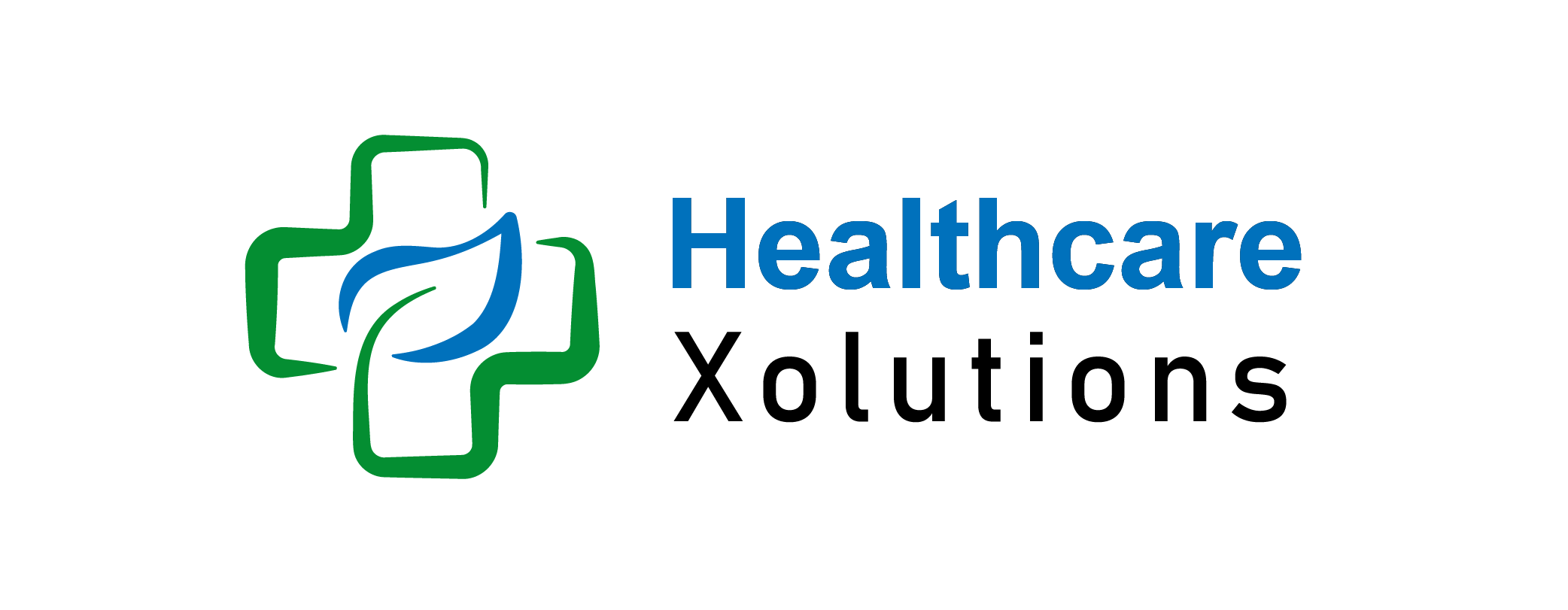How ACA Premiums Compare to Employer-Sponsored Plans

In the complex health insurance landscape, two prevalent options stand out for Americans. The Affordable Care Act (ACA) plans and employer-sponsored health insurance. Each offers distinct advantages and challenges, and understanding their differences is crucial for making informed healthcare decisions.
This article will explore the cost, coverage, and flexibility of ACA and employer-sponsored health insurance premiums to help you navigate these choices.
Table Of Contents:
Key Takeaways:
- Cost Differences: ACA premiums vary widely based on factors like age, location, and income, while employer-sponsored premiums tend to offer more standardized rates, often lower due to employer contributions.
- Subsidies and Financial Assistance: ACA plans provide subsidies for eligible individuals, making premiums more affordable, especially for low- to moderate-income individuals. Employer-sponsored plans usually don’t have such assistance, but employer contributions reduce the overall cost for employees.
- Coverage Flexibility: ACA plans offer flexibility in coverage options, including a range of tiers with varying premiums and out-of-pocket costs. Employer-sponsored plans may be more limited in choice but often provide comprehensive coverage.
- Out-of-Pocket Costs: While premiums may be competitive, ACA plans can come with higher deductibles and out-of-pocket limits compared to many employer-sponsored plans. However, the ACA can still provide substantial cost savings for those eligible for subsidies.
- Network and Accessibility: ACA plans may have narrower networks compared to employer-sponsored insurance, which can impact access to certain healthcare providers and facilities. Employer plans often have broader network access, especially for larger organizations.
- Long-Term Value: For individuals without employer coverage, ACA plans are a viable and often affordable option. However, for those with access to employer-sponsored insurance, this typically remains the more economical choice due to employer subsidies and broader benefits.
What are Affordable Care Act Plans?
The ACA, also known as Obamacare, was established to provide more Americans with access to affordable health insurance. ACA plans are available through state or federal marketplaces, and they are standardized into four categories to make comparing easier: Bronze, Silver, Gold, and Platinum. These categories differ in terms of premium costs, deductibles, and out-of-pocket expenses.
What is Employer-Sponsored Insurance?
This type of insurance is offered by employers and typically covers a portion of the healthcare expenses. Employer-sponsored plans vary greatly depending on the size and type of the employer, and they often provide coverage at a lower cost to employees because employers contribute a significant portion of the premiums.
Overview of ACA Marketplace Plans vs. Employer-Sponsored Plans
Both ACA marketplace plans and employer-sponsored health insurance are designed to make healthcare accessible, but they come with distinct structures and cost-sharing models. ACA marketplace plans are available to individuals and families who don’t have access to employer-sponsored coverage or other qualifying insurance. These plans provide a range of coverage options with premiums that vary by tier: Bronze, Silver, Gold, and Platinum. Employer-sponsored health insurance, on the other hand, is usually offered by businesses as a benefit to employees and often includes a contribution from the employer to reduce the monthly premium for the employee.
1. Cost Comparison:
ACA Plans:
The cost of ACA plans, often known as Obamacare, varies significantly based on income, location, and level of coverage chosen (Bronze, Silver, Gold, Platinum). These plans are income-based and can be highly affordable due to subsidies for those who qualify. For instance, individuals making between 100% and 400% of the federal poverty level may be eligible for premium tax credits, which can substantially lower the monthly cost. According to the Kaiser Family Foundation, the average monthly premium for an ACA plan was approximately $452 for an individual in 2023, without any subsidies.
Employer-Sponsored Plans:
Employer-sponsored health insurance is partially paid for by employers, which typically reduces the amount employees need to contribute. According to a 2023 survey by the Kaiser Family Foundation, the average annual premium for employer-sponsored family coverage was $22,463, of which employees paid about $6,106. This sharing of costs can make employer plans more affordable for many employees, especially when compared to unsubsidized ACA plans. Employer-sponsored plans, however, generally offer more predictable costs. It’s crucial to note that most employers pay a substantial portion of these premiums. For example, on average, employees might only be responsible for 18% of the premium for individual coverage significantly lowering the cost burden on the employee.
2. Coverage Differences:
ACA Plans:
ACA plans are required to cover 10 essential health benefits, including maternity care, mental health services, and prescription drugs. The comprehensiveness of ACA coverage is standardized, but the extent of coverage (copays, coinsurance, and deductibles) can vary widely between the different metal categories.
Employer-Sponsored Plans:
These plans also cover a broad range of health services, and employers often offer multiple plans to choose from, including HMOs, PPOs, and high-deductible health plans. Coverage details can vary more significantly than ACA plans because employers can customize plans to balance costs and benefits for their workforce.
3. Flexibility and Accessibility:
ACA Plans:
ACA plans offer great flexibility as they are available to everyone, regardless of employment status. They are particularly beneficial for freelancers, small business owners, and those between jobs. The ACA marketplace provides a centralized platform for comparing and purchasing plans, which increases accessibility.
Employer-Sponsored Plans:
While employer plans are convenient for those with steady employment, they are less flexible as they are tied to specific employers. Changing jobs means changing insurance, which can be a significant drawback for those seeking career mobility.
4. Subsidies and Their Impact:
ACA plans:
One of the most significant benefits of ACA plans is the availability of subsidies for those who qualify. These subsidies are based on income and can drastically reduce the monthly premium costs. For instance, individuals making between 100% and 400% of the federal poverty level may be eligible for premium tax credits that can lower their monthly payments substantially.
Employer-sponsored plans:
Employer-sponsored plans do not offer similar subsidies, but as previously mentioned, the employer’s contribution often substantially reduces the employee’s premium cost. Additionally, premiums paid by employees are typically made on a pre-tax basis, providing a tax advantage that lowers the overall cost.
5. Choice of Providers and Coverage:
ACA plans:
ACA plans often have narrower networks compared to employer-sponsored plans, which can limit the choice of healthcare providers and hospitals. This is an essential factor to consider, especially if you have existing healthcare needs or a preferred doctor who may not be within the ACA plan’s network.
Employer-sponsored plans:
Employer plans generally offer broader networks and might also provide better benefits, including lower deductibles and more comprehensive coverage for a variety of medical services.
6. Out-of-Pocket Costs Beyond Premiums:
When assessing affordability, it’s essential to consider out-of-pocket costs like deductibles, copayments, and coinsurance:
ACA Plans:
Depending on the tier, ACA plans can come with higher out-of-pocket costs, especially for Bronze plans. The average deductible for Bronze plans can exceed $6,000, which can be challenging for individuals requiring regular medical care.
Employer-Sponsored Plans:
Typically, employer-sponsored plans offer lower deductibles and out-of-pocket maximums than ACA plans. This can make them a better choice for individuals who anticipate regular healthcare needs, as they offer more manageable cost-sharing structures.
7. Access to Health Providers and Networks:
ACA and employer-sponsored plans differ in network structure, which can influence overall satisfaction and accessibility to healthcare:
ACA Marketplace:
Many ACA plans use narrow provider networks to control costs, which may limit choices for patients who prefer specific providers or specialists.
Employer-Sponsored Plans:
These plans often offer broader provider networks and may include preferred provider organizations (PPOs), giving employees more flexibility in choosing doctors and facilities.
8. Income-Based Considerations:
For individuals and families with varying income levels, choosing between an ACA plan and an employer-sponsored plan can be impacted by eligibility for subsidies. Lower-income households can often obtain more affordable premiums with ACA subsidies, while higher-income individuals may find employer-sponsored plans to be more economical due to the employer contribution and lower out-of-pocket maximums.
9. Other Benefits and Factors:
Employer-sponsored plans may include additional perks like wellness programs, flexible spending accounts (FSAs), and health savings accounts (HSAs), which can enhance value. ACA plans, however, are required by law to cover essential health benefits and preventive care at no extra cost, making them attractive for those without employer options.
Who Benefits More?
Choosing between an ACA plan and an employer-sponsored plan depends largely on individual circumstances. ACA plans might be more advantageous for:
- People without access to employer-sponsored insurance.
- Those who qualify for substantial subsidies.
- Individuals who prefer more control over their plan choice without being limited to their employer’s offerings.
Conversely, employer-sponsored plans are often preferable for:
- Those with access to generous employer contributions.
- Individuals prefer broader provider networks.
- People benefit from the tax advantages of pre-tax premiums.
Additional Considerations:
- Networks: ACA plans might have narrower networks compared to employer-sponsored plans, which could limit the choice of doctors and hospitals.
- Dependents: Employer plans often allow the addition of dependents at a subsidized cost, whereas adding dependents to an ACA plan can be more expensive without additional subsidies.
- Tax Benefits: Premiums paid for employer-sponsored insurance are often made pre-tax, reducing taxable income. ACA plan premiums are paid with post-tax dollars unless you qualify for a subsidy.
Conclusion:
Choosing between an ACA plan and an employer-sponsored plan depends largely on your circumstances including income, family size, and health care needs. Employer-sponsored insurance generally offers lower costs and more extensive networks thanks to employer contributions and group rates. However, for those without access to employer-sponsored insurance, or for those who prefer greater flexibility, ACA plans provide a vital safety net that adjusts to financial eligibility and changing life situations. Both ACA and employer-sponsored plans have their places in the health insurance ecosystem, serving different needs and preferences.
By understanding how ACA premiums compare with employer-sponsored plans, individuals can make more informed decisions based on their health needs, financial situations, and available options. Always consider speaking with a health insurance advisor or using available online tools to help simulate costs and coverage to find the best plan for you and your family.
